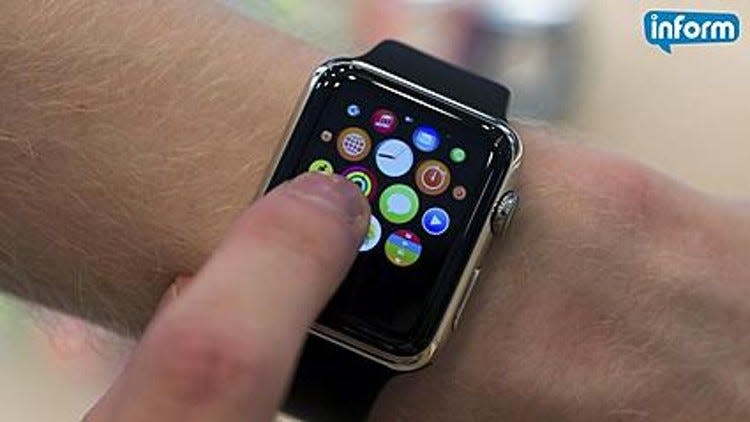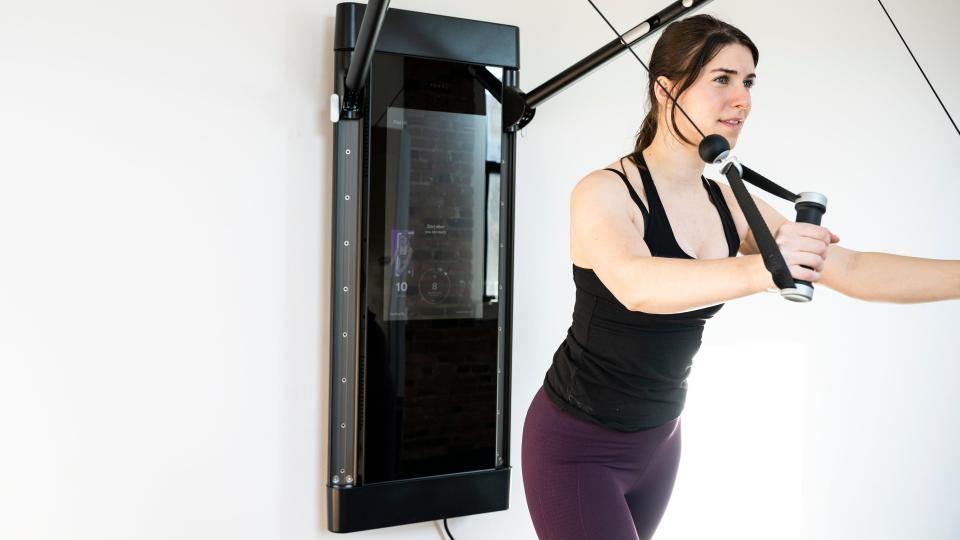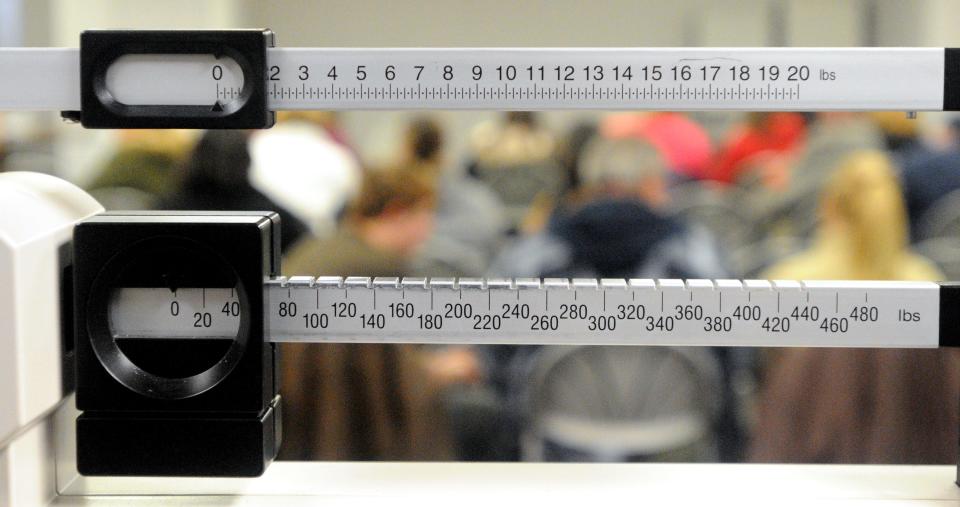Be on the lookout for these fitness trends in 2023
In late December, the American College of Sports Medicine (ACSM) released the results of its 17th annual fitness trend forecast. The organization produces this annual survey to help the health and fitness industry make important programming and business decisions for the coming year.
More Health Matters:Duran Duran rocker Andy Taylor missed HOF induction because of prostate cancer complications
House calls: FAU gets big grant to create nurse home-visit program
Here then are the top 10 fitness trends expected for 2023:
1. Wearable technology
Wearable technology includes fitness trackers, smart watches, heart rate monitors, and GPS tracking devices and includes fitness and activity trackers that can monitor heart rate, calories, sitting time, sleep, and much more. Wearable technology has been the No. 1, No. 2 or No. 3 trend every year since 2016.

These devices are used to count steps, monitor heart rates and can track body temperature, calories, sitting time, sleep time and more. Over the past decade, the accuracy of these devices has significantly improved. New innovations on upper end devices include blood pressure, oxygen saturation, body temperature, respiratory rate, and electrocardiogram, among others.

2. Strength-training with free weights
Focusing on proper movement and lifting technique, this activity incorporates the use of barbells, dumbbells, and/or kettlebells to improve or maintain muscular fitness by manipulating repetitions, sets, tempo, load, and exercise selection to reach specific muscular fitness goals. People of all ages and baseline fitness levels can benefit from strength-training.
3. Bodyweight training
Think old-school movements like pushups, pullups, chin-ups, dips, planks, burpees and the like. Bodyweight training uses minimal equipment and space, making it an inexpensive and functional way to exercise — one you can even do at home.
4. Fitness programs for older adults
This is a trend that emphasizes and caters to the fitness needs of baby boomers and older generations. People are living longer, working longer and want to remain healthy and physically active throughout. And as every fitness expert will tell you — it’s never too late to start.
5. Functional fitness training
With this kind of training, the goal is to improve balance, coordination, functional strength, and endurance in order to improve one's ability to handle the activities of daily living. These kinds of fitness programs target the muscle groups and skills necessary to carry groceries, do household chores and remain ambulatory and independent.
6. Outdoor activities
This trend first gained momentum during the onset of the pandemic and remains popular. It allows for health and fitness professionals to offer more outdoor activities such as group walks, rides, or organized hiking. Activities can be short events, day-long events, or planned multiday excursions along with so-called "ECO challenges" like stand-up paddleboards, kayaking, mountain biking and hiking.
7. High-intensity interval training (HIIT)
Think quality over quantity. These exercise programs typically involve brief repeated sessions of high-intensity exercise (more than 80% of your maximum heart rate) combined with periods of active rest and/or recovery. High-intensity interval training can be applied to a variety of exercise activities, from weight-training, stair-climbing and cycling to running, swimming, and cardio boxing.

8. Exercise for weight loss
Weight loss is among the most commonplace New Year’s resolutions so it’s not surprising that folks will choose to start — or intensify — their exercise program for this reason. Of course, combining an exercise program with a healthy eating plan will maximize results. Thus, many people will consult with a registered dietician to construct a nutrition program that meets their needs and lifestyle.
9. Employing certified fitness professionals
With this trend, the emphasis is placed on the importance of hiring certified health and fitness professionals who have completed educational programs and fully accredited health and fitness certifications. In the last few years, more certification programs have become accredited by the National Commission for Certifying Agencies, enabling employers easy access to certification validation through the United States Registry of Exercise Professionals and the International Confederation of Registers for Exercise Professionals.
In addition, some national certification organizations like ACSM are requiring graduation from a Commission on Accreditation of Allied Health Organizations accredited program to qualify.
10. Personal training
Many people find that their exercise programs are enhanced with supervised by a personal trainer. Among the things personal trainers can help with: fitness assessment, goal-setting, instruction, encouragement and expertise in keeping their clients safe and pain- and injury-free.
Other notable trends that the ACSM survey identified — and that you may want to consider — include:
∎ Circuit training: This is typically a group of approximately 10 exercises that are completed in succession and in a predetermined sequence. Each exercise is performed for a specified number of repetitions or for a set duration before a brief rest and then moving onto the next exercise.
∎ Core training: By incorporating equipment such as stability balls, half-ball balance trainers, wobble boards, free weights, kettlebells and foam rollers, as well as one’s own bodyweight, this kind of targeted exercise prioritizes conditioning and strengthening the stabilizing muscles of the trunk, abdomen, and back.
∎ "Exercise is Medicine": Exercise is Medicine (EIM) is actually a global health initiative that encourages physicians and other healthcare providers to include physical activity assessment and treatment as a standard of care when designing treatment plans for their patients. EIM recommends physicians refer patients to evidence-based exercise programs and qualified local health and fitness professionals.
∎ Mobile apps for exercise: These apps, which are usually free to download, can include audio and visual prompts to start moving when sedentary or when to start and stop exercise. Among the most prominent companies and brands that produce these apps are FitOn, Adidas Training, Map My Fitness, Sworkit, Daily Workout Fitness Trainer, Aaptiv, 8fit, Fitify®, Asana Rebel, Jefit, Pacer, MyFitnessPal, Seven, Gymshark, Fitplan and Nike Training Club.
This article originally appeared on Palm Beach Post: Health Matters: The top 10 fitness trends expected for 2023

